An Introduction to Solar System Astronomy
Prof. Richard Pogge, MTWThF 9:30
|
|
Astronomy 161: An Introduction to Solar System Astronomy Prof. Richard Pogge, MTWThF 9:30 |
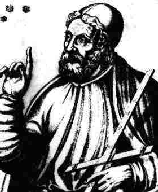
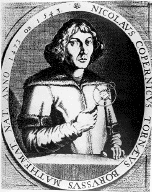
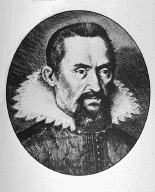
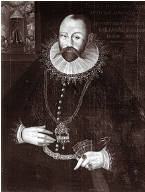
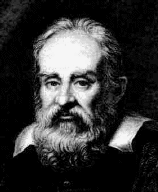

During the great social upheaval that followed the breakup of the late Roman Empire, much of this knowledge was lost to Europe for centuries. Beginning around the 10th century A.D., the works of Aristotle, Ptolemy, and others began to slowly return to Europe via a tortuous path that led from the outposts of the late Roman Empire, through the Arabs who, after the rise of Islam, nurtured these works and added their own stamp to them, and finally through the hands of Jewish scholars working between the Christian and Islamic worlds who translated them into Latin. In rediscovering their lost "golden past", European scholars of the Age of Faith embraced the explanations of the heavens offered by Aristotle and others and incorporated them into their thinking, reconciling the logic of Aristotle with the faith of Christ. The world of Augustine gave way to the world of Aquinas and Dante. But while they revered the old knowledge, only very rarely did they do more than elaborate upon it. To minds accustomed to viewing knowledge as revealed and received, these works were not a starting point for new explorations but an end in themselves. They, too, found the Aristotelian system of Ptolemy adequate to explain the appearances of the motions in the sky.
By the beginning of the 16th century this received view of the world began to change irrevocably. The calendar of Julius Caesar no longer kept time against the seasons. The role of the Catholic Church of Rome in the social and political order of Europe was being openly questioned by Luther, Calvin, and others. And, in 1493, a Genoese mariner in the employ of the crowns of Castille and Aragon named Christopher Columbus returned from a remarkable voyage across the sea to a country unknown to Aristotle and his disciples. While Columbus himself believed until his death that he had reached the outlying islands of eastern Asia, it quickly became apparent to others that he had landed somewhere else entirely. Soon the unthinkable was being openly discussed. If Aristotle and the ancient philosophers knew nothing about this "New World", what else did they not know?
This unit traces the revolution in astronomical thought that began uncertainly with Nicolaus Copernicus in the 16th century, through its development by Kepler and Galileo during the turbulent Renaissance and Reformation of the 17th century, culminating in the grand synthesis of Isaac Newton who explained the motions of the Sun, Moon, Earth, and planets with three simple mathematical Laws of Motion and his Law of Gravity. But, unlike the knowledge of Aristotle, Newton's synthesis is not an ending but a beginning. It is the start of a journey that leads from Newton to our own time.

|
Lecture Audio Podcasts |
Please feel free to print out copies of these lecture outlines in advance of class, so you can follow along with the lecture. Many students find this helps them listen without the pressure of taking down detailed notes of their own, but while still making additional notes in the margins to highlight particularly emphasized points.
Also, see A Note about Graphics if you are curious as to why some of the pictures shown in the lectures are not reproduced with these notes.
Students wishing to explore some of these topics beyond the lecture and textbook using the Internet might want to look at the relevant Selected Astronomical Internet Links for this unit.